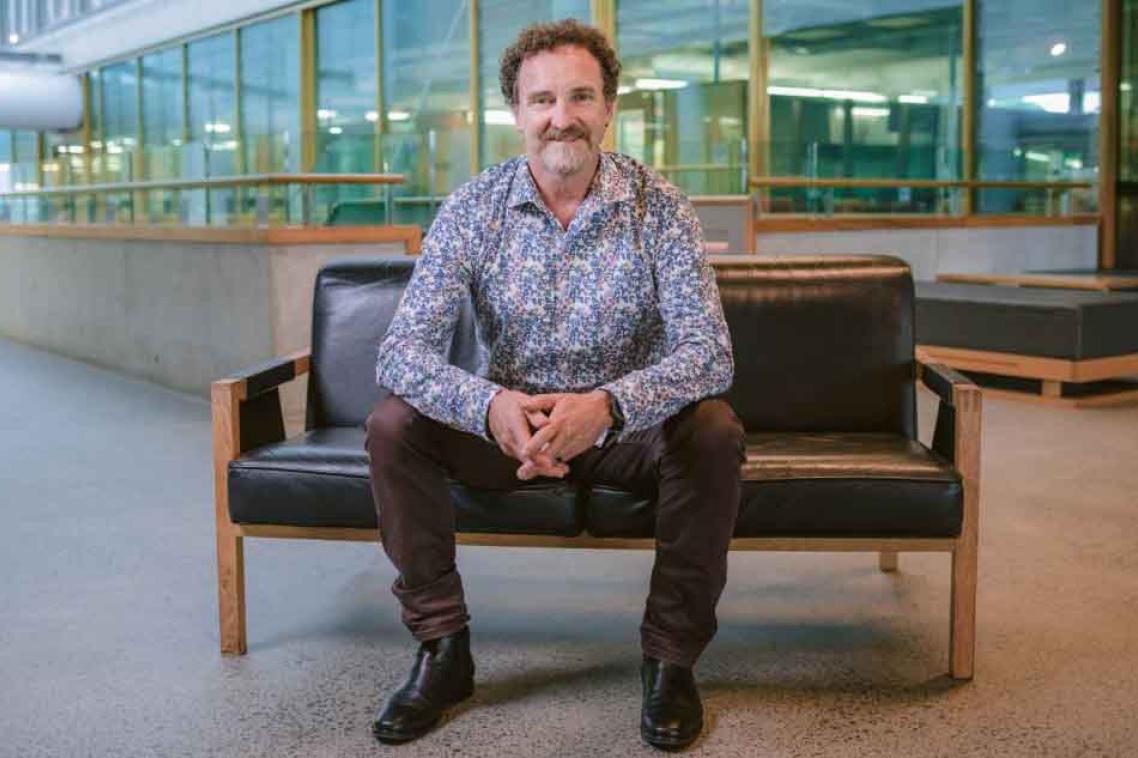Engineers seek to mimic properties of the human body

Tissue engineering experts say future biomaterials will need to mimic the human body’s “stretch and squidge” properties.
Findings from University of Queensland Professor Justin Cooper-White and international colleagues have been published in the prestigious journal Nature.
“The characters in some old TV programs looked like normal people on the outside – and similarly we know future biomaterials will need to have almost-identical properties to those of all of the tissues in the human body,” Professor Cooper-White said.
Working with colleagues from Stanford, Harvard and the University of Pennsylvania, Professor Cooper-White said understanding “viscoelasticity” was crucial to future biomedical implants.
“This describes the way materials like our skin, muscles, bones and even our organs, respond to being ‘stressed’,” he said.
“This stress happens through pushing, pulling or shearing; forces that our tissues experience in everyday life.
“However, viscoelasticity also affects how cells respond to drug treatments and how stem cells — those responsible for repairing damaged tissues — multiply and change into the correct types of tissue cells to effect repair,” he said.
Professor Cooper-White’s UQ team first demonstrated the importance of viscoelasticity on stem cell behaviours in 2011, and international researchers have since been working to confirm those findings and probe cells’ other mechanical properties.
“This research review we have published in Nature builds and reports on an in-depth body of knowledge that can be used to inform biological, medical and engineering research,” Professor Cooper-White said.
“The more we understand about how cells behave in response to changes in their environment, the more we can understand how tissues and organs heal, or how deadly diseases progress.”
“The research highlighted in this review indicates we are best focussing on creating biomaterials – materials that interact with biology – that better mimic the human body’s viscoelastic properties.
“This will help us understand how this mechanical property characteristic is able to change cell behaviours.
“Using viscoelasticity as a design criteria for biomaterials provides new possibilities for better expanding stem cells for cell therapy, when growing tissues in the lab for implantation and even when developing injectable treatments to bring diseased and stiff tissues back to a healthy, soft and squidgy state.”
He said the Nature publication marked the first time world-leading tissue engineering research groups had come together to highlight the importance of viscoelasticity in tissue development, repair and disease, and to discuss the potential for the development of new biomaterials for tissue engineering and regenerative medicine.
“Together, we hope that this review will drive our community to discover new methods to control cell behaviours so we can improve tissue healing and regeneration in the future, with better biomaterials,” Professor Cooper-White said.
Read the research in Nature.
Contact: Professor Justin Cooper-White, j.cooperwhite@uq.edu.au, ph +61 334 63858; Genevieve Worrell, UQ Faculty of Engineering communications, +61 336 58525, g.worrell@uq.edu.au.
Related articles

Sunlight-powered breakthrough turns methane into valuable ethylene

Australia needs doctors – so why are hundreds of qualified international physicians unable to work?
Media contact
UQ Communications
communications@uq.edu.au
+61 429 056 139
